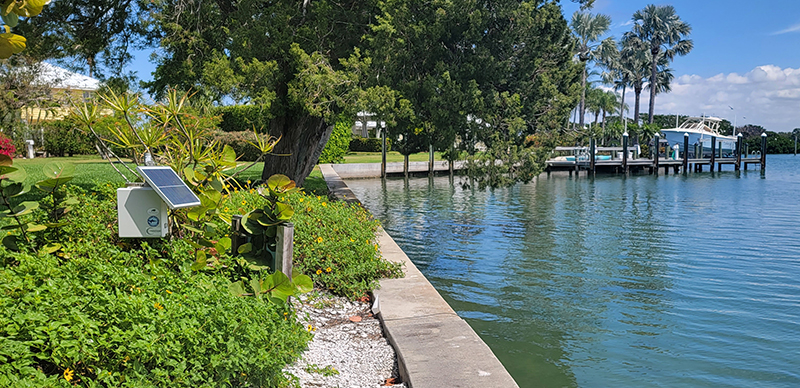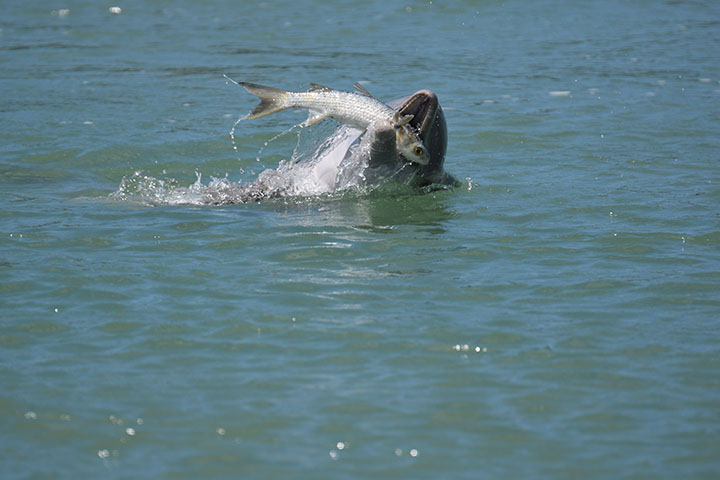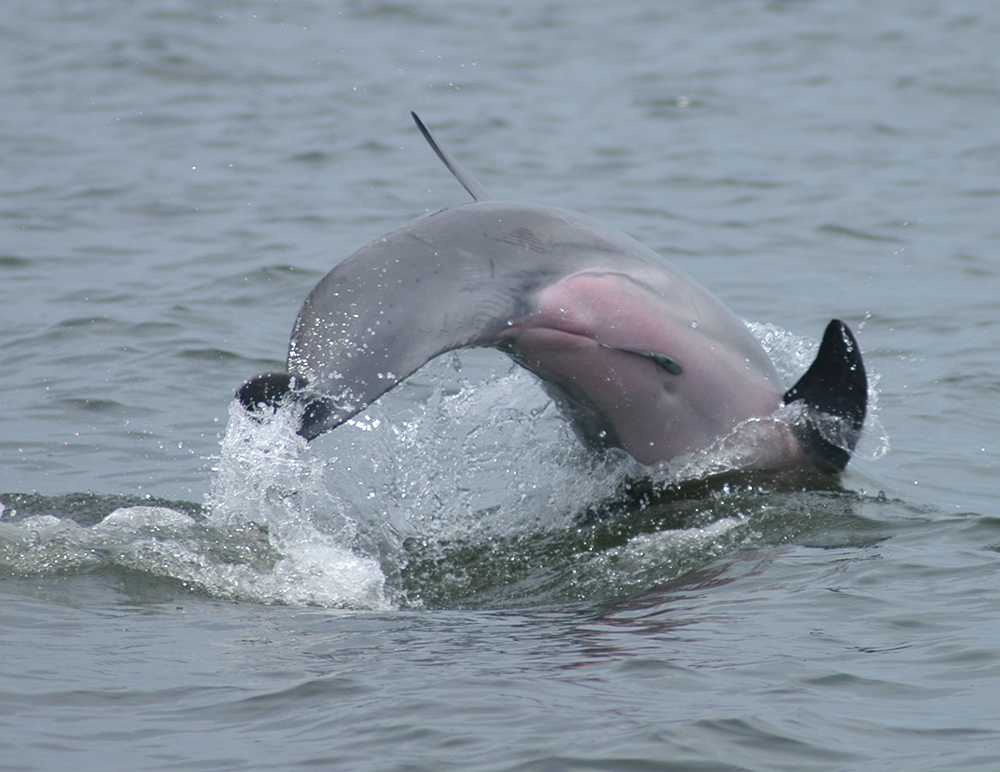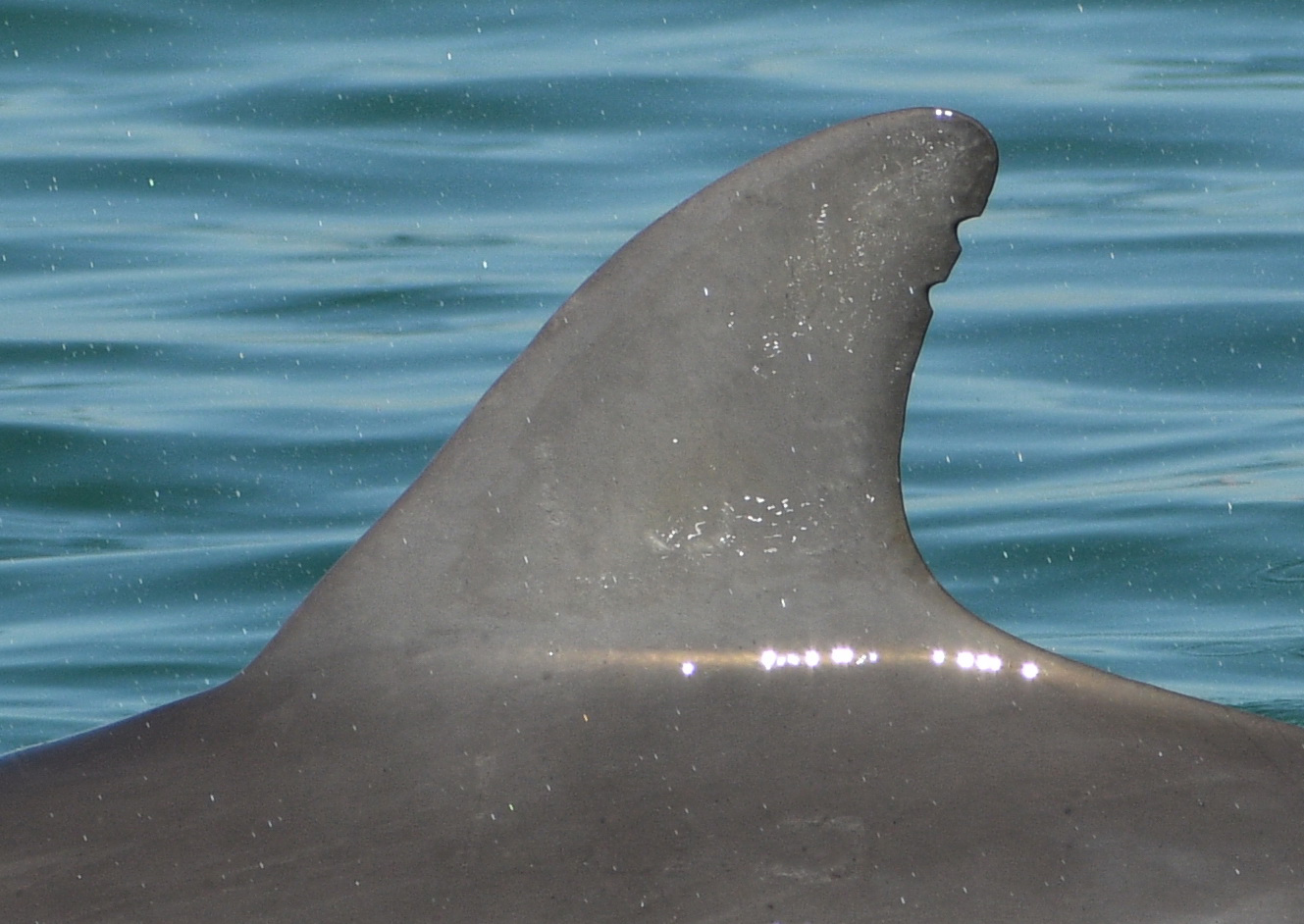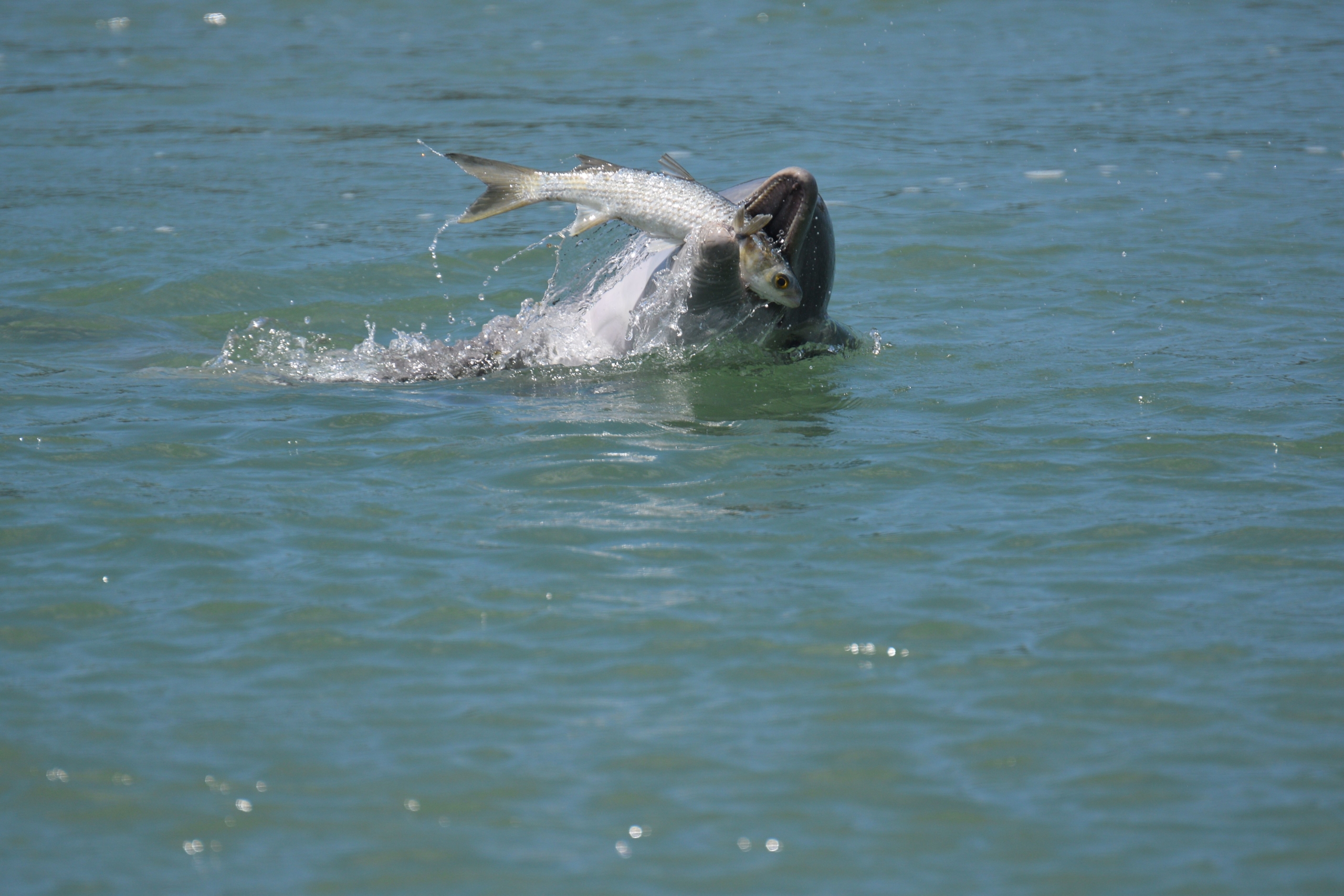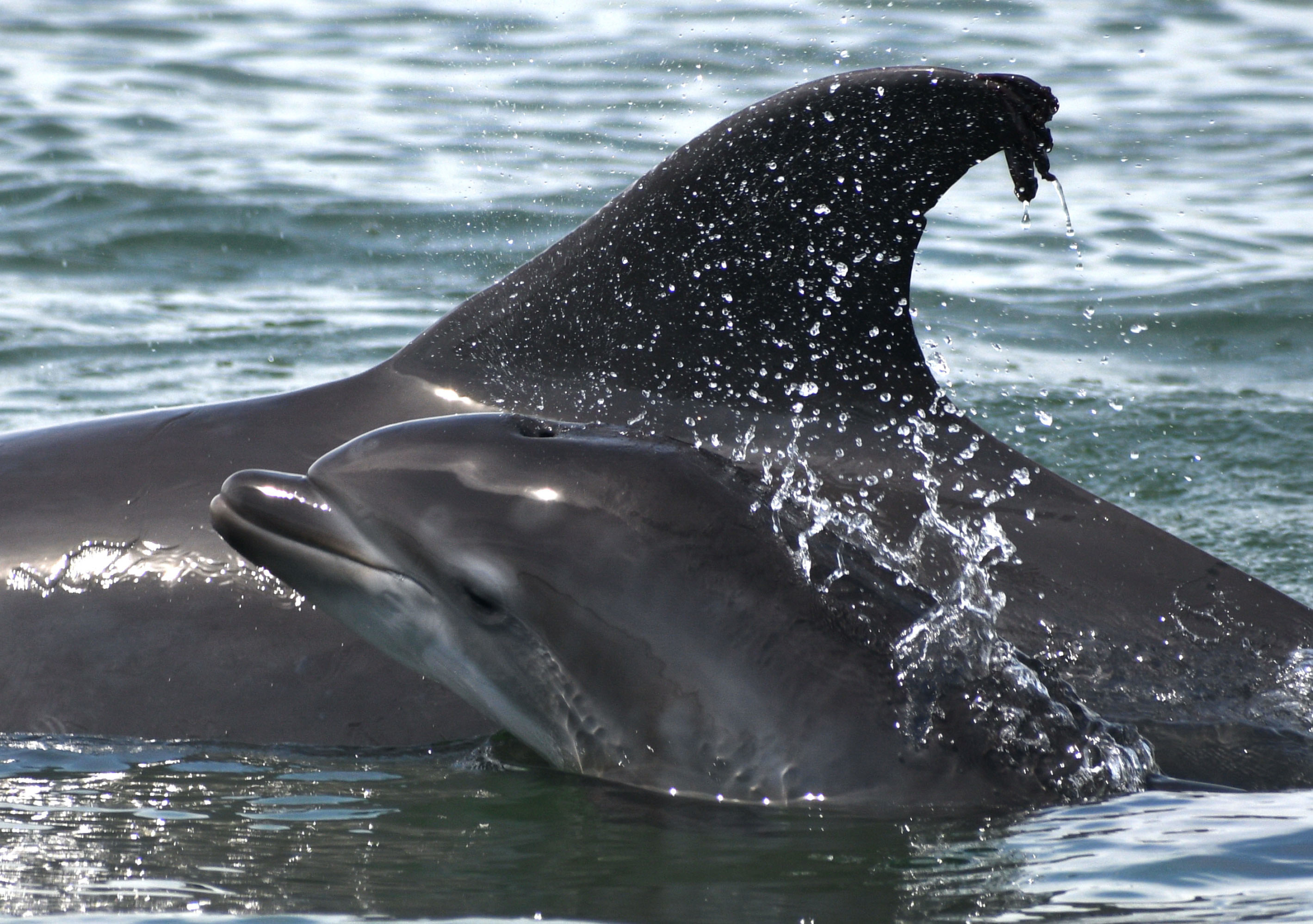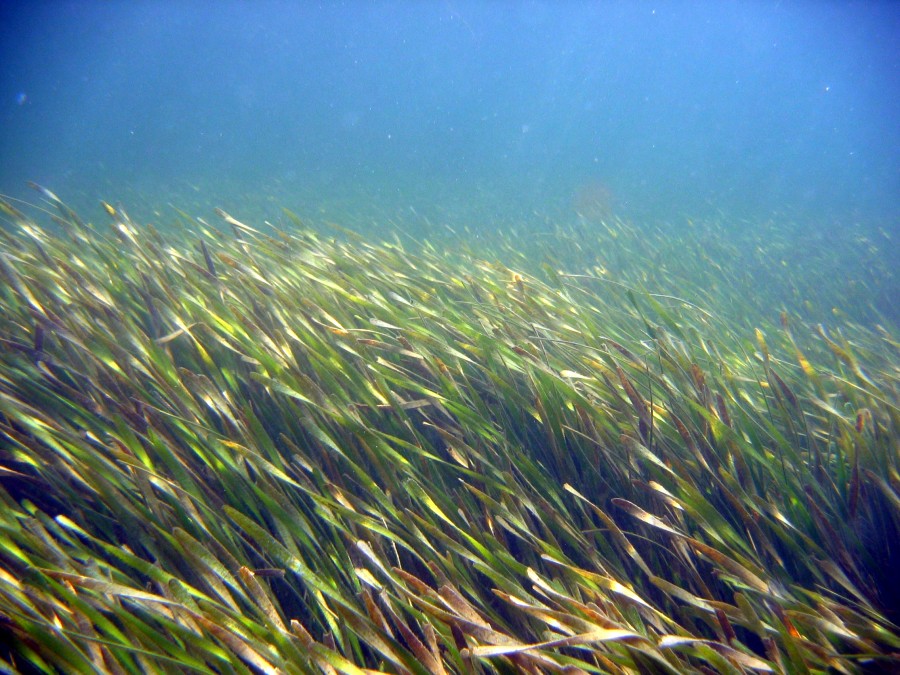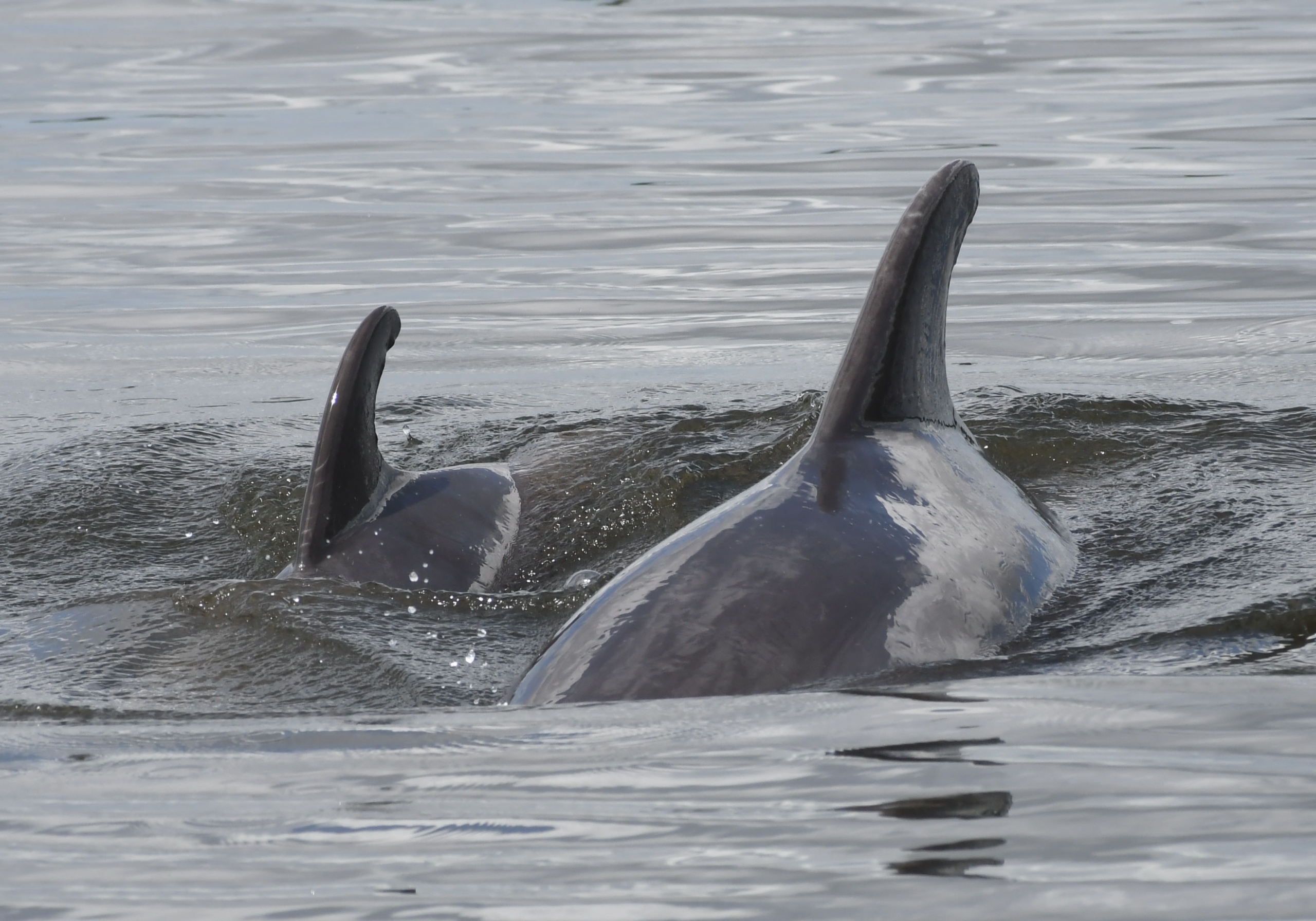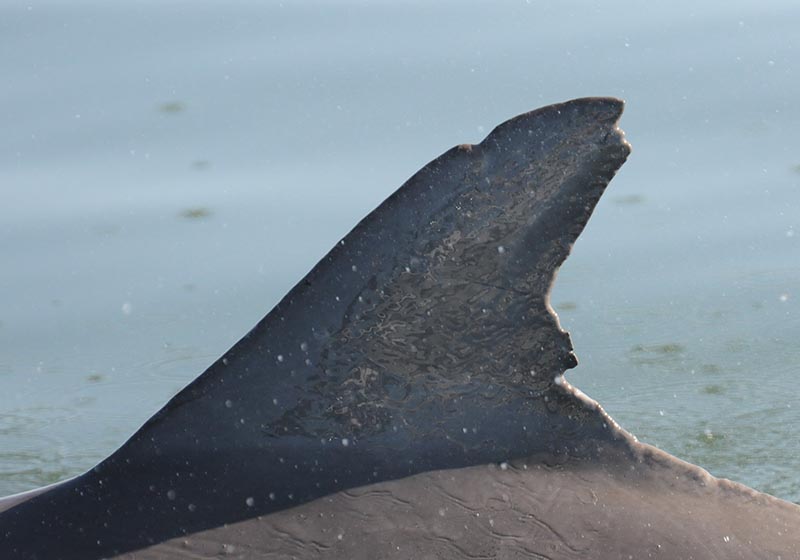The Sarasota PALS Network
Listening in on the Underwater World Underwater passive acoustic monitoring is a powerful tool for studying the lives of marine animals. This technique provides continuous information about underwater soundscapes and animal presence, complementing traditional methods of studying aquatic animal movements, residency, habitat use, communication and other behavior. Since 2015,




